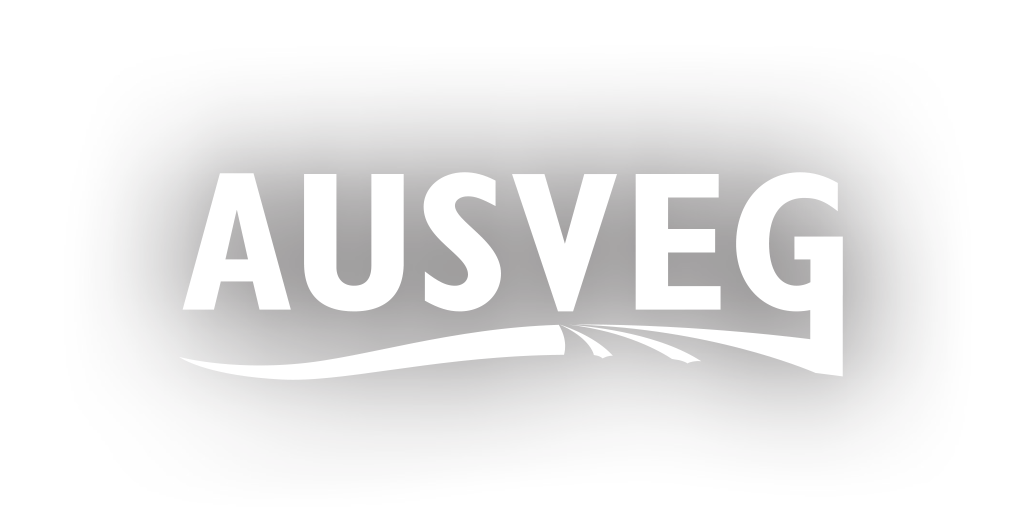All levy research and development begins with a single idea. These ideas go through Hort Innovation's innovation concept pipeline and turn into projects for levy investment that will deliver tangible industry benefits.
Below is a short excerpt from the Hort Innovation website explaining how the levy investment process works, from concept to contract:
Hort Innovation’s business model uses a procurement based investment process. This process no longer invites detailed project proposals from external sources in the first instance. Instead, simple summary concepts are invited and prioritised in consultation with Hort Innovation’s Strategic Investment Advisory Panels.
This new process involves any interested party submitting a concept via the Concept Proposal Form. The form allows Hort Innovation to understand the basic concept, with a focus on aims and outcomes rather than detail of method. This approach aims to protect, as far as possible, IP associated with innovative ideas, while capturing opportunities that can be shaped into full proposals should there be an identified alignment between the concept and strategic priority.
The investment analysis process involves filtering and potentially combining concepts for procurement. Once approval to invest in a concept is granted, a Request for Proposal will be prepared, asking delivery partners (open or select, depending on size and scope) to provide submissions that address key criteria. All responses will then be evaluated against key criteria before contracting the investment.
For a full explanation of the Hort Innovation concept pipeline, see here. AUSVEG also has a page explaining the Strategic Investment Plans underpinning levy investment.
| This communication is funded by Hort Innovation, using the vegetable research and development levy and contributions from the Australian Government. Hort Innovation is the grower-owned, not-for-profit research and development corporation for Australian horticulture. |  |
